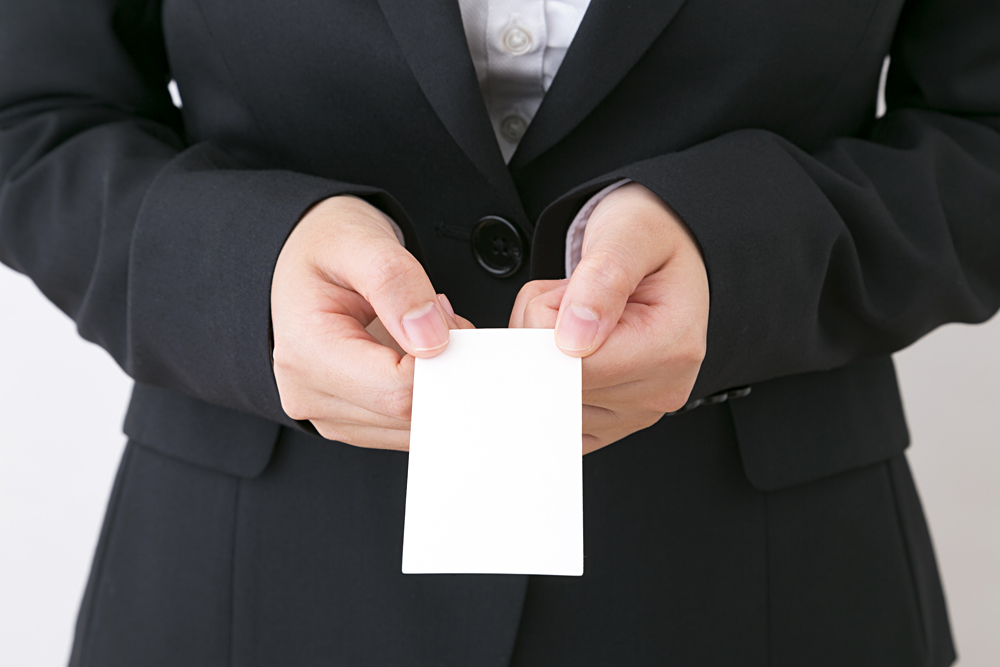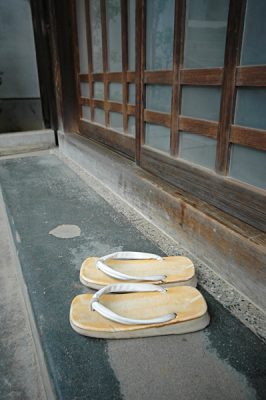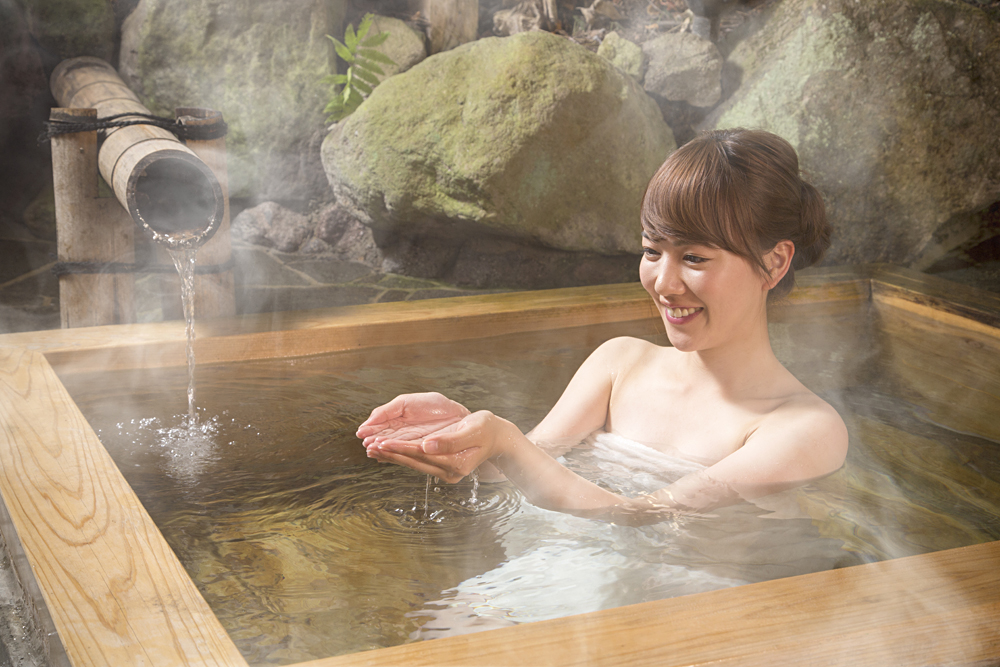
Etiquette 101 – The Cultural Dos and Don’ts on Your Japan Vacation
The Japanese are famous for their hospitality and politeness. But this is a culture very unlike any you’ll find in the West, or even elsewhere in Asia. As a visitor, you aren’t expected to know any of the rules, however, knowing some basic etiquette can deepen your interaction with locals and add an element of fun to your Japan vacation. Here’s our (heavily!) abridged guide to the dos and don’ts of Japanese etiquette.
Greetings, Gifts, and Introductions
You’ve probably noticed the Japanese tendency to bow. A lot. The lower the bow, the more respect being shown. As a visitor, you are not expected to bow. Indeed, most Japanese will greet you with a handshake. Just be gentle. An excessively firm grip here projects rudeness, not confidence. A slight bow is also appreciated. Do so for each person in any group you meet. Avoid physical contact or excessive closeness beyond this. The Japanese like their personal space and will also respect yours. If you’ve been invited into a Japanese home, or wish to express your thanks to someone, a small, inexpensive gift is appropriate and appreciated. Something from your home country is ideal, though nothing related to the numbers 4 or 9, which are considered unlucky. Gifts should always be given and received with both hands. The same goes for business cards, and take a moment to read the card before placing it in your (jacket or shirt) pocket.

Rules of the Japanese Home (aka A Gaijin’s Guide to Slippers)
 Want to save yourself a lot of time and frustration while on your Japan vacation? Bring slip-on shoes only. We really can’t over-state how familiar you’re about to become with the humble slipper. Shoes are never worn inside a Japanese home or temple. Rather, you will be given indoor slippers. Just don’t wear them to the washroom. There are separate slippers for that, which should never be taken out of the washroom. In addition, your slippers should be left at the entrance of any room with tatami matting. You’ll probably see a rack, shelf, or even a locker for your shoes or slippers whenever you’re required to take them off. While we’re on the floor (particularly one of tatami), a note about seating. It is highly likely that you will enjoy at least one meal or tea ceremony sitting on the floor. In formal situations, sit up on your knees with your feet tucked behind you. That’s if you can. The Japanese have been doing this their whole lives, and are usually quite forgiving of foreigners whose knees aren’t up to the task. It is also common (though less formal) for women to sit with both legs to one side, while men sit cross legged. Above all, do not point the soles of your feet at another person.
Want to save yourself a lot of time and frustration while on your Japan vacation? Bring slip-on shoes only. We really can’t over-state how familiar you’re about to become with the humble slipper. Shoes are never worn inside a Japanese home or temple. Rather, you will be given indoor slippers. Just don’t wear them to the washroom. There are separate slippers for that, which should never be taken out of the washroom. In addition, your slippers should be left at the entrance of any room with tatami matting. You’ll probably see a rack, shelf, or even a locker for your shoes or slippers whenever you’re required to take them off. While we’re on the floor (particularly one of tatami), a note about seating. It is highly likely that you will enjoy at least one meal or tea ceremony sitting on the floor. In formal situations, sit up on your knees with your feet tucked behind you. That’s if you can. The Japanese have been doing this their whole lives, and are usually quite forgiving of foreigners whose knees aren’t up to the task. It is also common (though less formal) for women to sit with both legs to one side, while men sit cross legged. Above all, do not point the soles of your feet at another person.
Slurping with Dignity
Given Japan’s devotion to politeness, cleanliness, and subtlety, one Japanese table rule might surprise. Slurping your noodles with gusto is a sign you’re enjoying your meal, and so is considered a great compliment. You might however want to be careful with your chopsticks. The big no-nos are leaving them standing upright in a bowl of rice, and passing food directly from your chopsticks to another diner’s. These resemble Japanese funeral rites, and so should be avoided at the table. In addition, don’t play with, or whittle your chopsticks. If you want to earn points for your language skills, say itadakimas at the start of your meal, and gochisosama deshita at the end. When drinking, the Japanese expression for “cheers” is kampai. Never pour your own drink, including tea, and don’t finish your soup before starting your (probably numerous) other plates. Finally, cheapskate diners will be pleased to know there is no tipping in Japan.

Bathing Rituals
Whether you’re bathing in the comfort of a private home or hotel, or at a public onsen, the rules of a Japanese bath are simple, but very important. Japanese baths are places to relax, not to clean one’s self. That’s done prior to entering the bath, usually at a small, individual nook that comes with a mirror, handheld shower, shampoos, soaps, moisturizers, and sometimes toothbrushes, razors, and other essentials. Once you’ve thoroughly washed at one of these stations, enjoy the relaxing baths to your heart’s content. Note that Japanese baths aren’t for the body shy. You’re expected to completely disrobe. In addition, many public baths won’t allow guests with visible tattoos, though some are beginning to relax this policy, particularly for foreigners.

Now that you’ve been equipped with this knowledge of Japanese etiquette, it’s time to pack a multiple pair of slippers and start planning your ultimate Japan vacation!
Please visit us at www.goway.com for Japan vacation travel ideas.

Get more travel inspiration by email.
Subscribe
0 Comments

Get the latest travel trends & hear about the best deals on vacations around the world.
If you’re a Globetrotter, these are the newsletters for you!



